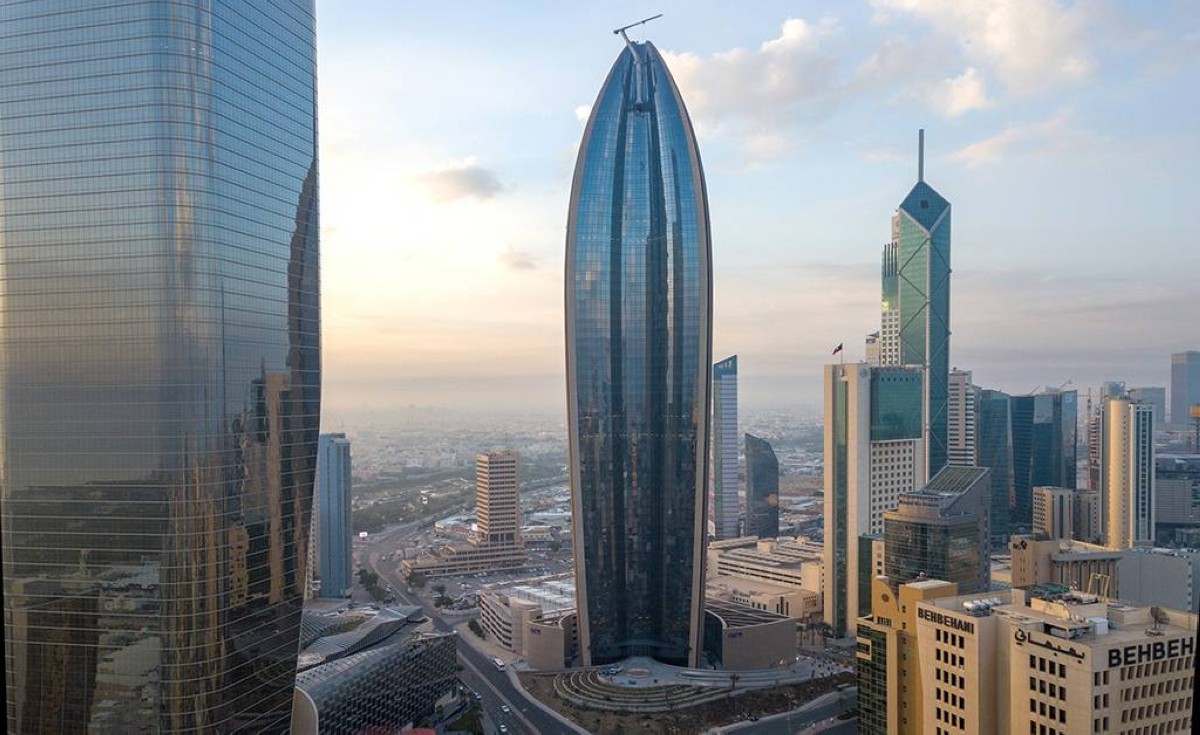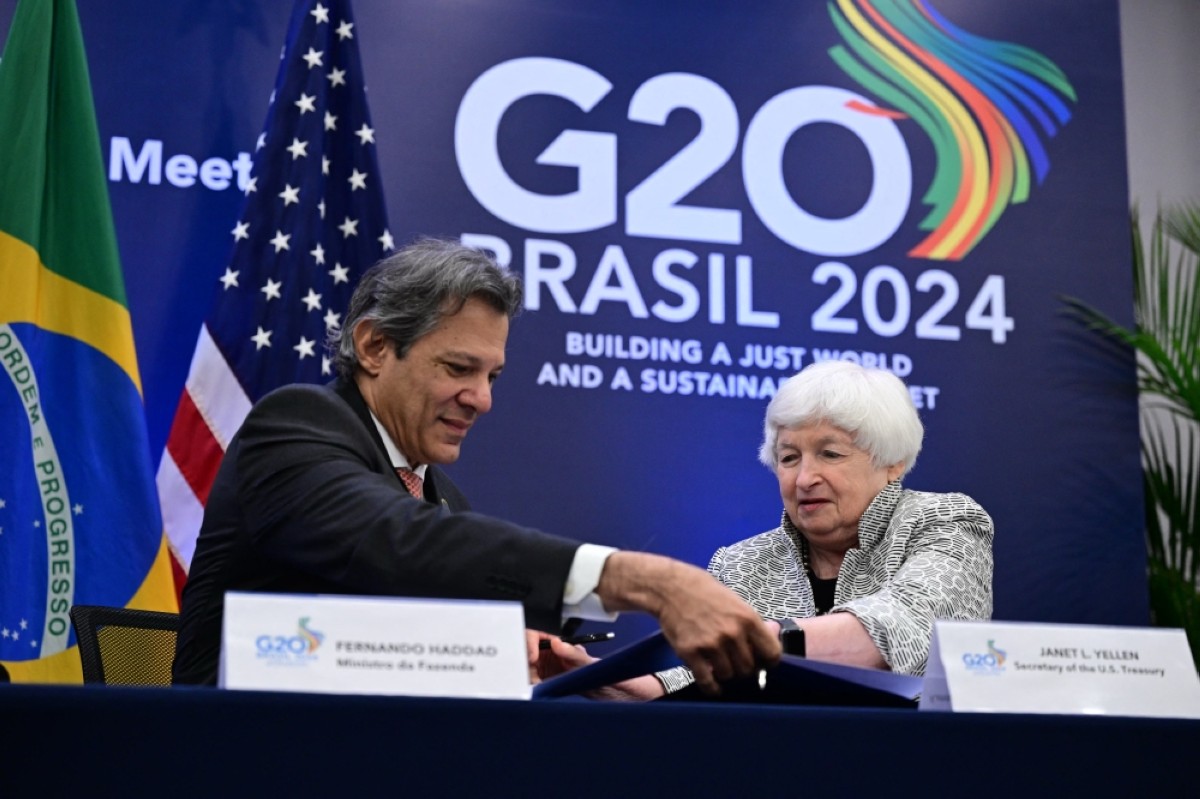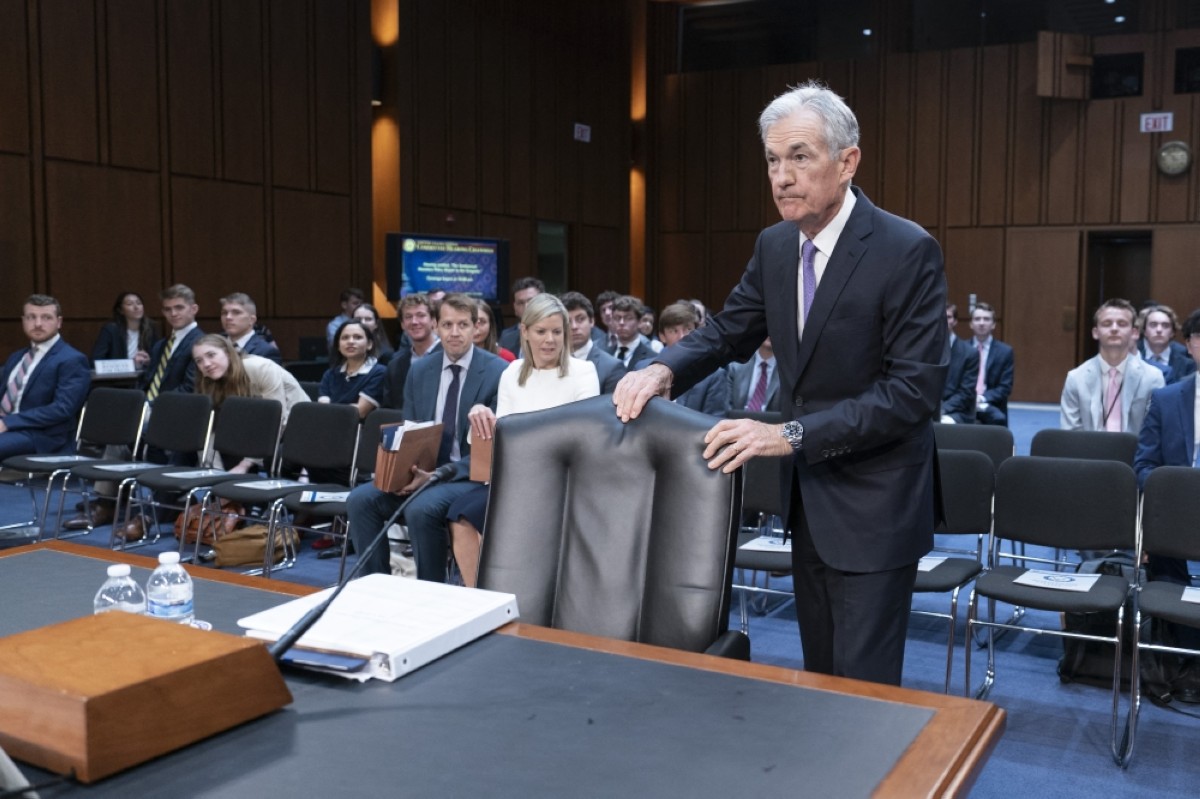Unexpected rise in US producer price index puts pressure on Fed
KUWAIT: February spending in the US recovered slightly (0.6 percent) after a January dip (revised -1.1 percent). It is likely that cold weather deterred January purchases, while the ever so resilient job market and wage growth support spending.

By category, sales have increased in home improvement, cars, electronics and restaurants, while sales have decreased in furniture, groceries, clothing and online sales. Potential dampeners on the future outlook of the US economy are rising interest rates and dwindling savings, while low unemployment and improved consumer sentiment give a sense of positivity. All in all, Consumers still have some financial buffer, but inflation and job market changes might influence future spending.
US CPI and PPI
The latest US inflation report showed prices rose 0.4 percent in February compared to last month, and 3.2 percent over the past year. This annual rate was slightly higher than predicted, though the monthly gain met expectations. Even after removing volatile food and energy prices, inflation remained above the Federal Reserve’s target of 2 percent. Energy costs, particularly gasoline, were a major contributor to the increase. Rising shelter costs, including rent, also played a significant role.
This remains well above the Federal Reserve’s 2 percent target. Additionally, producer price index (PPI) rose 1.6 percent year-over-year in February, exceeding forecasts (1.1 percent). This follows a slight January decrease. The unexpected rise puts pressure on the central bank as it approaches a key policy meeting next week. While Fed officials have hinted at potential rate cuts later this year, they remain cautious about stopping inflation’s momentum too early. Chairman Powell indicated the Fed is nearing the point where it can ease monetary policy, but wants more confidence that inflation is truly under control.
Labor market
The number of payrolled employees increased slightly in the last month (0.1 percent) but has grown steadily over the past year (1.3 percent). This growth rate, however, is slowing down. The overall employment level is higher than last year but lower than the previous quarter. Additionally, the employment rate stands at 75 percent, which is lower than both the previous year and the previous quarter.
Meanwhile, the unemployment rate remains at 3.9 percent, slightly higher than last year but unchanged in the past quarter. The number of job vacancies has decreased for the 20th consecutive quarter but remains above pre-pandemic levels. Wages (including bonuses) have increased by 5.6 percent year-on-year, while regular pay (excluding bonuses) has grown by 6.1 percent. However, adjusting for inflation, real wage growth is much lower, at around 1.4 percent to 1.8 percent.
Gross domestic product m/m
Official figures show that the British economy grew 0.2 percent in January, reversing a brief recession. The services sector, a major part of the UK economy, led the growth with a 0.2 percent increase. Retail trade bounced back significantly, with a 3.4 percent jump. Construction also performed well, growing by 1.1 percent, driven by a strong month for house-builders. However, manufacturing output dipped by 0.2 percent. Despite the positive signs, the past three months still saw a slight economic contraction. Chancellor of the Exchequer Jeremy Hunt acknowledged the progress the economy has seen while highlighting the need for further measures to boost long term economic expansion.
The GBP/USD currency pair ended the week at 1.2739.
Japan GDP q/q
Japan avoids going into a technical recession as seen in the latest revised final GDP figure published Tuesday. The figure, while still being lower than expectations of a 0.3 percent growth, was revised up from -0.4 percent initially to 0.1 percent growth for the fourth quarter of 2023. The growth was mainly thanks to companies’ stronger than expected spending on plants and equipment.
Capital expenditures increased by 0.2 percent quarter-over-quarter, significantly higher than the 0.1 percent decrease initially announced by the government. Meanwhile, private consumption, which makes up 60 percent of Japan’s economy, decreased by 0.3 percent for the quarter. Markets are anticipating the next BOJ meeting in mid-March as recent data has signaled that Japan could put an end to negative interest rates in as early as this week’s upcoming meeting.
The USD/JPY currency pair ended the week at 149.02.
Kuwait
Kuwaiti dinar
USD/KWD closed last week at 0.30690.











